JANNE PARVIAINEN: ASKED AND ANSWERED
By Lauren Frost 16th August 2016
Q: What is the significance of the phantom figures and skeletons in your work?
I like using skeleton figures in my light paintings because they are visually very interesting and are a great tool to add storytelling power to the photographs. People have such strong cultural learned attitudes towards skeletons and their significance; it is very interesting to place these characters into totally different surroundings than we might be used to seeing or imagining them in. Just like with the skeletons, by using phantom like characters in my photos I can add some human elements to the story in them. In my work the story is everything, if the photo can't make you think, then it's no good.
Q: What is the significance of the urban landscapes you choose to represent in your paintings?
I have lived all my life in the Helsinki area so by painting urban landscapes I am telling the story of who I am. Cities contain everything from romance to misery and all the lives roaming there create an atmosphere and an energy you can sense even when there is no one around. In my paintings there are never any people visible, just the stage of the play, and yet you can imagine all the life around the scene.
Q: What is it about urban exploration that interests you and inspires your photography work?
I enjoy the aesthetics of abandoned places because they differ so much from our everyday surroundings. There's so much lived life and stories in abandoned places, they are the lost diaries and photos turned to dust of lives that once bloomed. They are at the same time beautiful and sad, which I think is an amazing foundation to start planning work from.
Q: How did you get into working with light art photography?
I was majoring in oil painting at art school and then became professionally involved in photography years after graduating. I had been taking photos for subjects for my paintings with my pocket camera and one time had accidentally left it on long exposure in my hand while walking home late at night. The street lamps had drawn beautiful light trails on the photos which caught my attention and I was inspired to test it again. After few tries, I placed the camera on table and tried to draw using different lights. I was absolutely mesmerised of the possibilities in light painting and after that bought a DSLR camera to see where the technique could be really taken.
Q: How are the artworks created in their final, finished forms?
Most of my new photos take a lot of time to construct. Usually, the exposure times vary from 10 minutes to over an hour. I create the human-like forms by tracing my body from head to toe with an LED light. Since the exposure times tend to be extremely long in some of my photos I need to carefully plan the composition ahead, so that I can get the photo right on the first take.
For my topographic photos I have traced entire rooms with an LED light; sometimes standing, reaching to the roof and crawling under the tables, so it is quite an exercise all in all! I have made many topographic light paintings of staircases too, and after running and crawling the stairs up and down couple of hundred times I have been quite worn out! One thing that light painting really cultivates is the sense of a three dimensional space, so after thousands of photos it is quite easy to tell which parts in the photo area you have to trace and what parts are still to be traced. Also, before I start to work on tracing the lines I carefully study the photos area and try to memorise which parts I have to work on.
Q: Although you use light as a medium, the work is at times rather dark in its psychological tone. What kind of experience do you want the viewer to gain from the work, what is its function?
What I always want to do with my art is to tell a story, to start something happening in the viewer's imagination. A good photo or a painting is one that grabs your attention, asks a question but doesn't take you for a fool with an easy answer. In my opinion appreciating beauty requires a touch of darkness, wether it be a question of our mortality or sadness inside smiling eyes.
Q: Are there particular influences that you are currently being inspired by – books, music, other artists…?
I am always mesmerised by music, it's a constant inspiration for me to try to reach a similar emotion in my work as what music does for me. I love the work of Cinematic Orchestra, Apparat, Ojos de Brujo, as well as jazz, dub techno and much, much more. My other love and inspiration is reading; I'm always reading when I have free time. Like in my own work, I'm interested in writers who deal with everyday life such as Charles Bukowski, Hanif Kureishi, Tsingiz Aitmatov, Jonas Hassen Khemiri and John Fante.
Q: How has your work developed over the years?
I'm in a lucky position, whereby I am able to work with two mediums that drive me forward with new ideas buzzing in my head that want to be exposed to the world. With light painting every new idea leads to the next, so I think over the years my work has become more and more complex, both technically and in its content.
Thanks Janne!
Monkey
Polychrome dental plaster and wood
.jpg)
Riverside
Metal leaf, oil and ink on glass
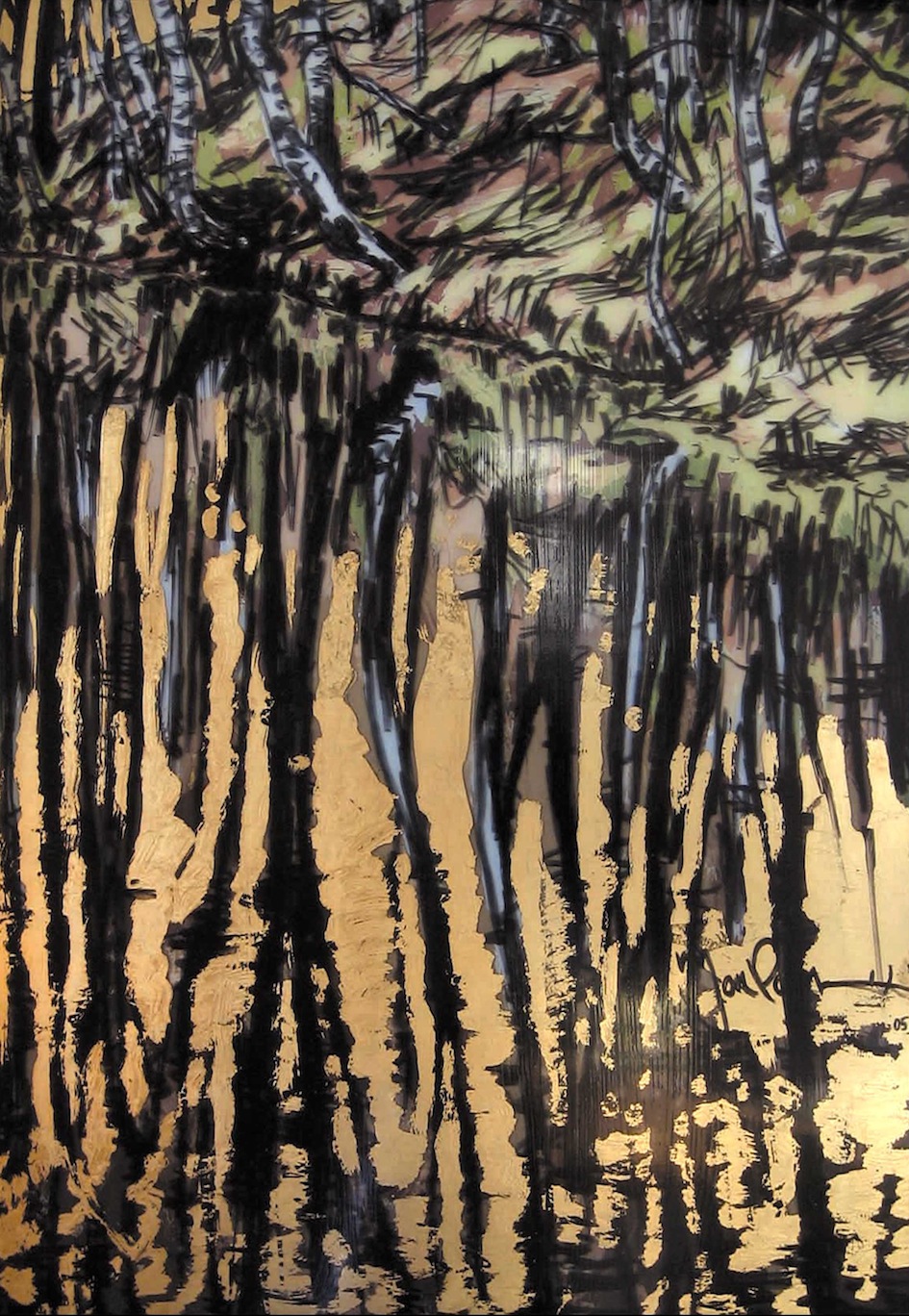
Renaissance Series - Still Life III - The Creation Of Adam
Fine art photograph
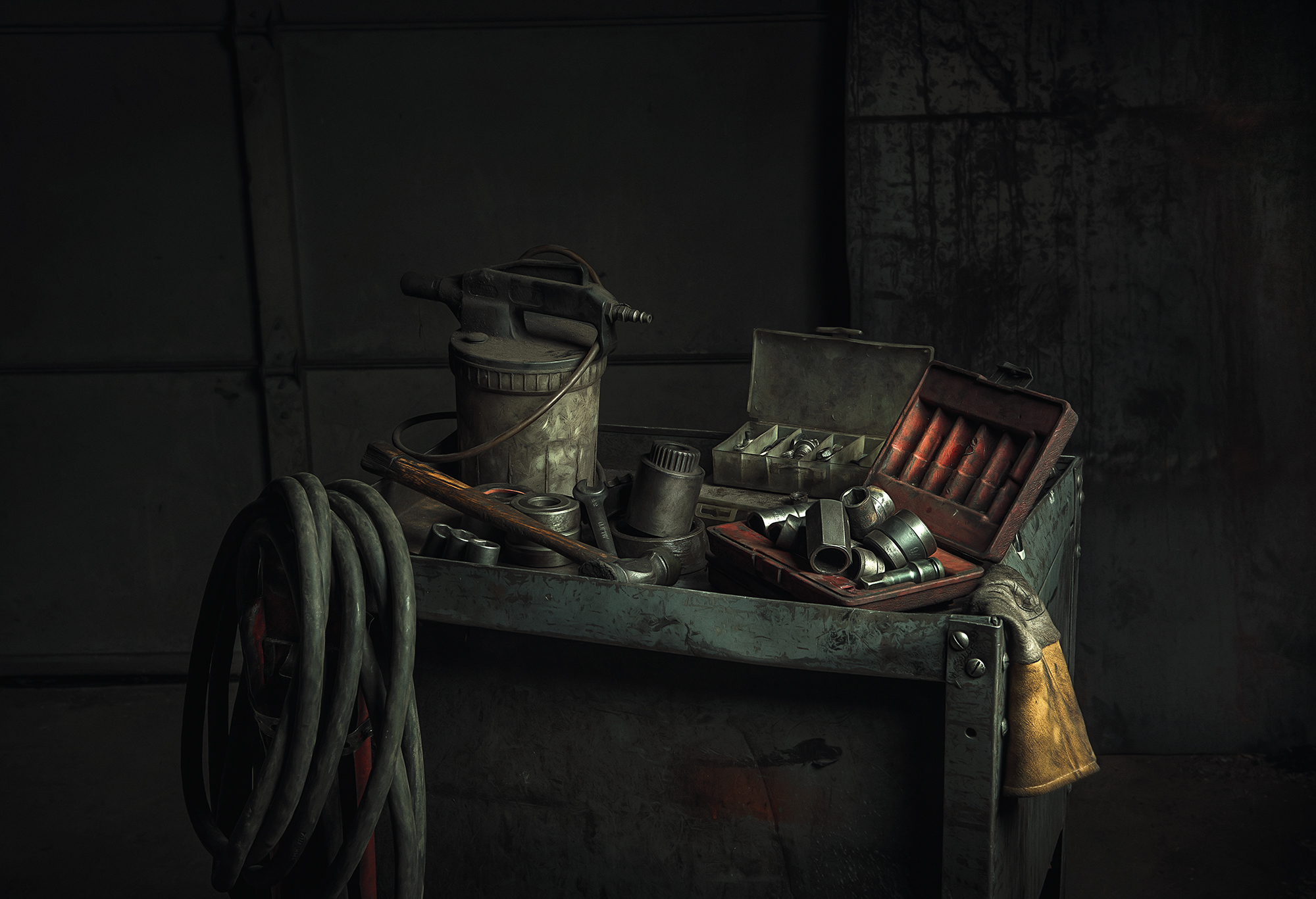
Black Mirror
Acrylic, oil stick and collage on canvas
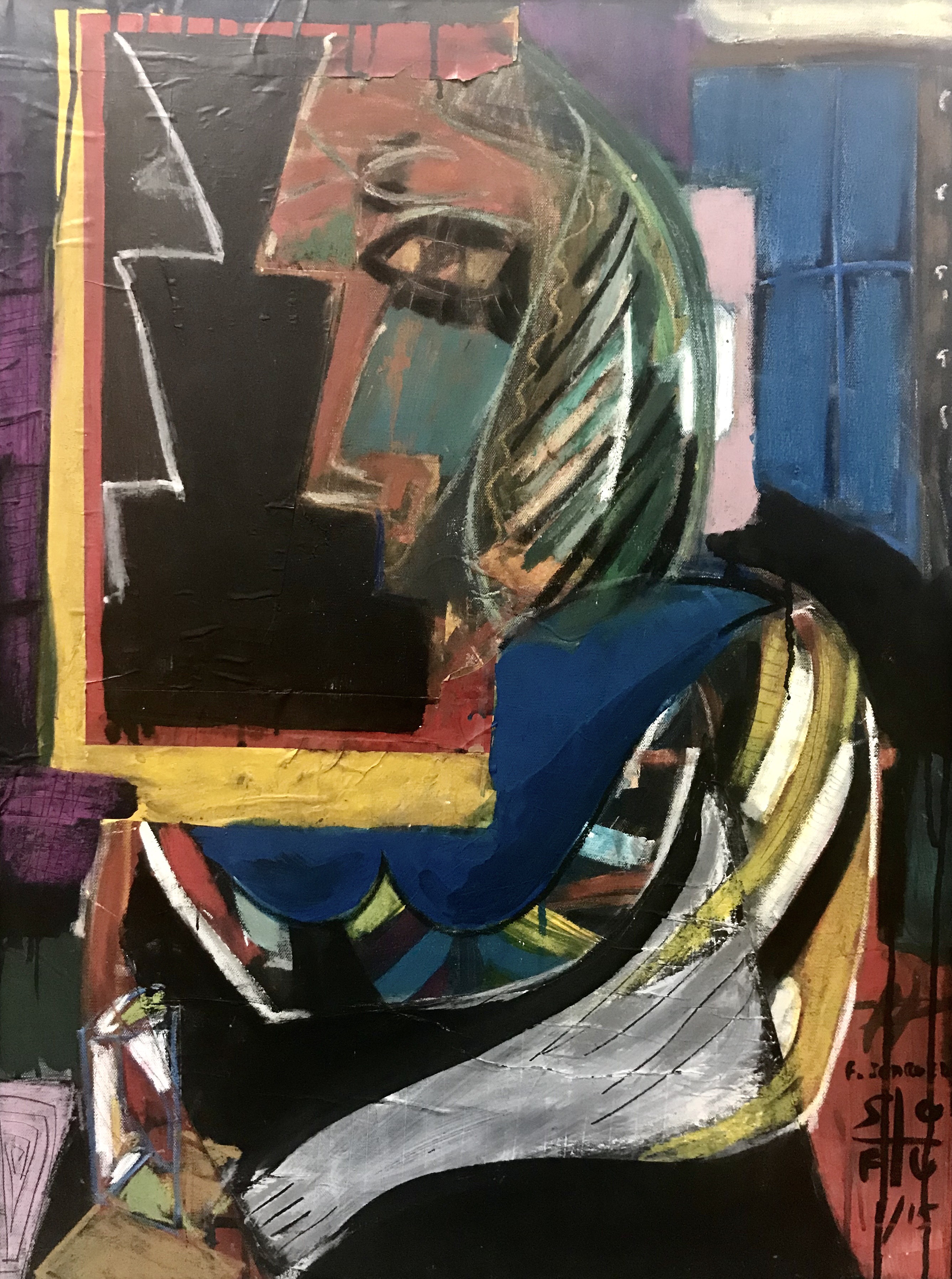
Warm Day
Acrylic and mixed media
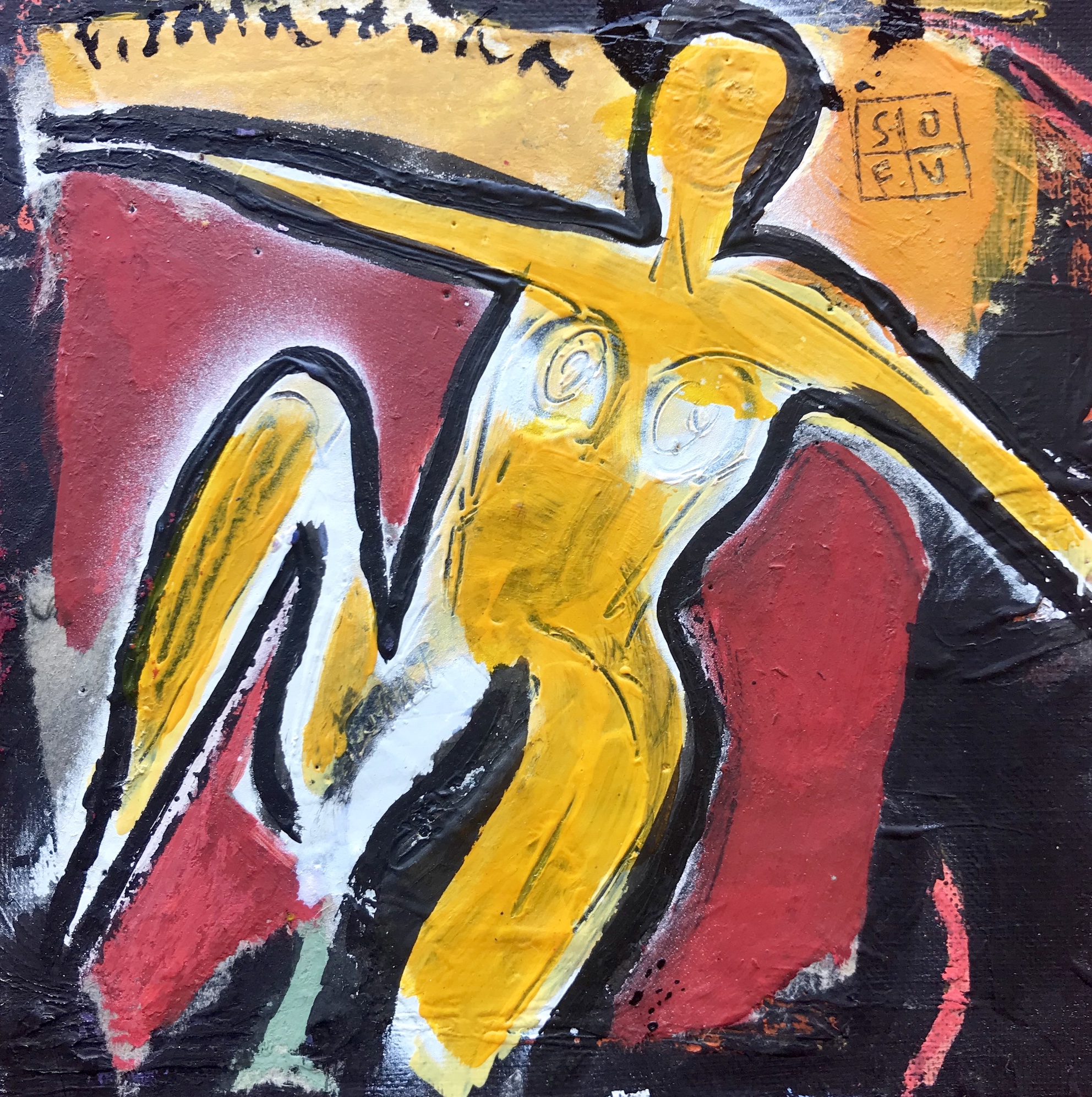
Successful Failure
Acrylic and mixed media on canvas
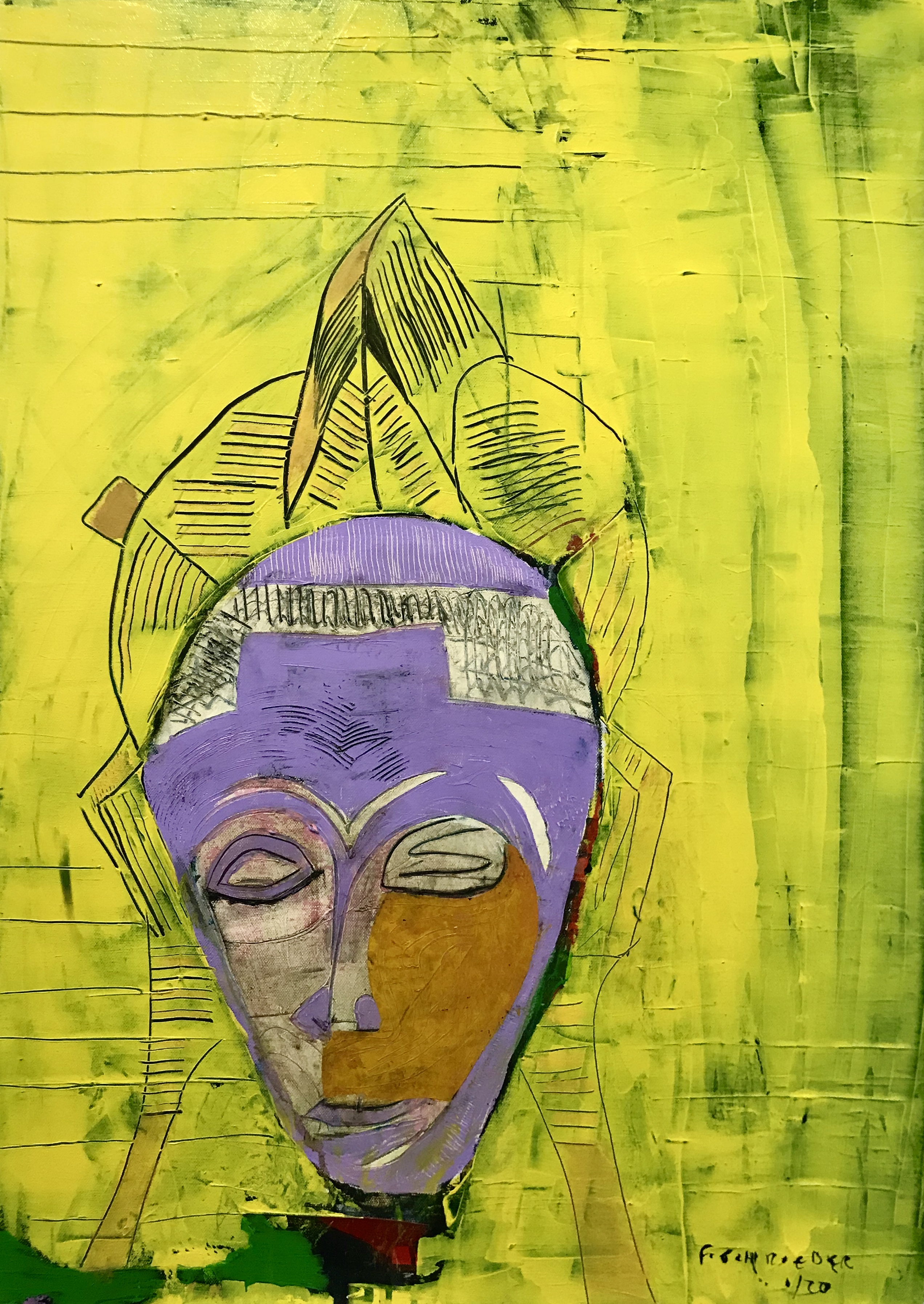
SN - Sus Scrofa Volucer - Flying Pig
Oil on wood
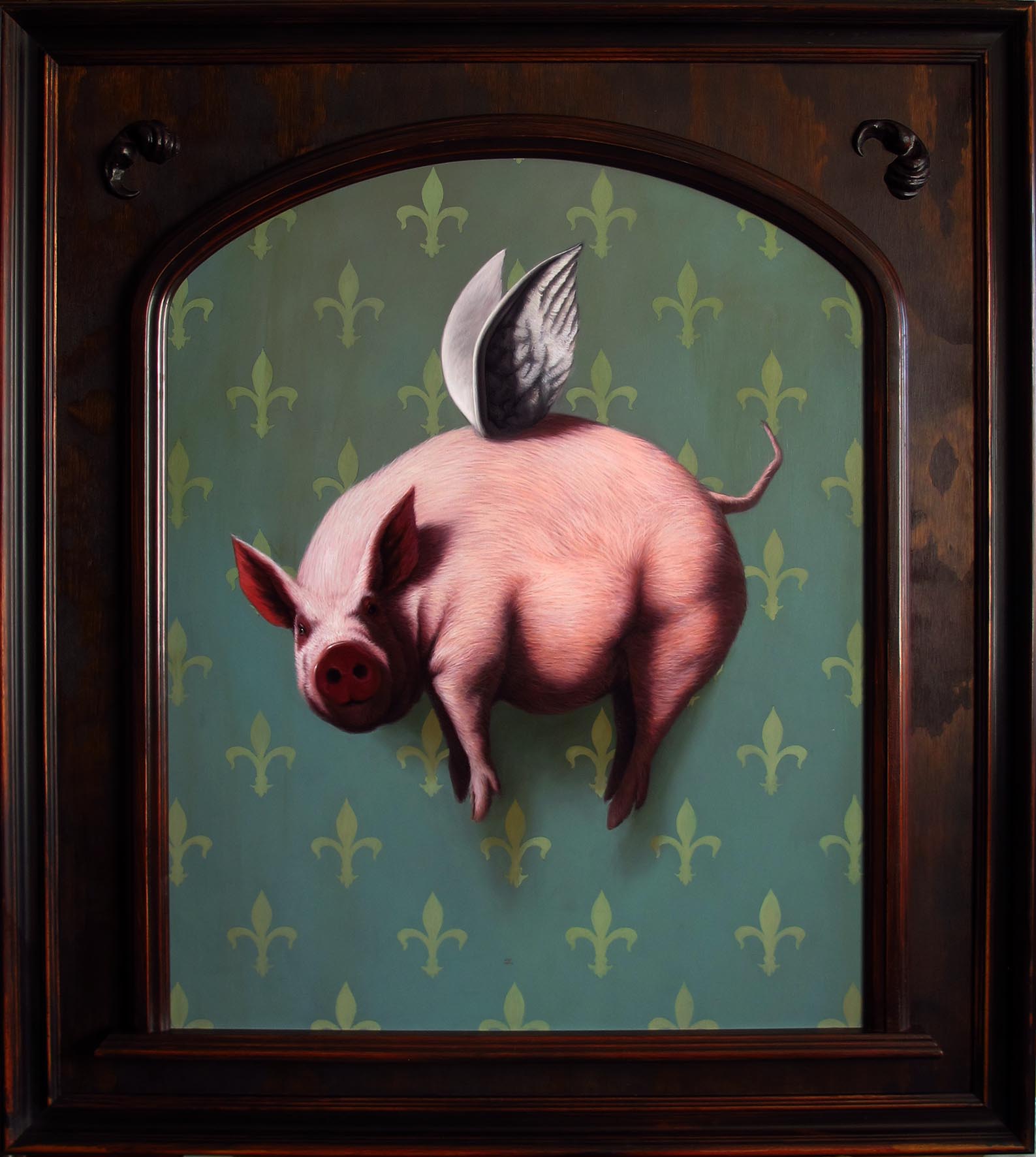
Trap And Passages
Mixed media on paper
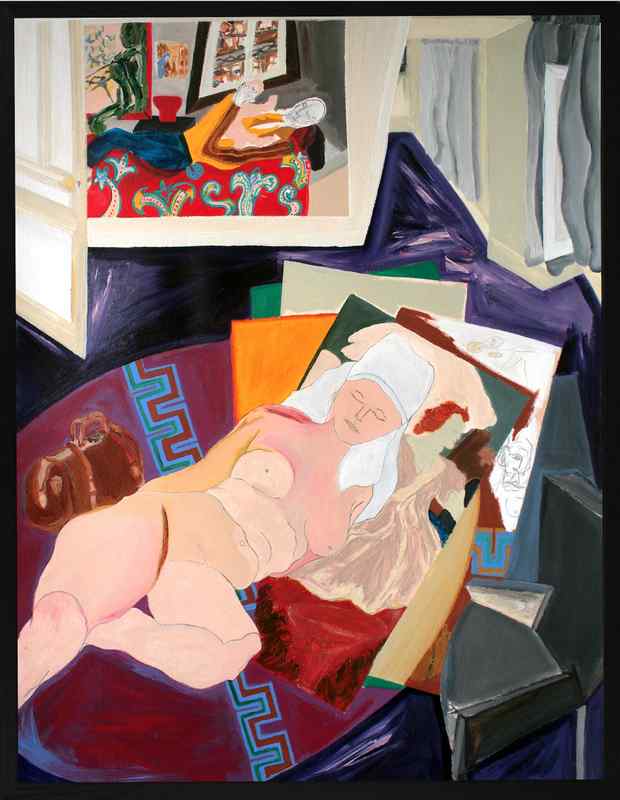
Golden Path IV
Acrylic and screen print

